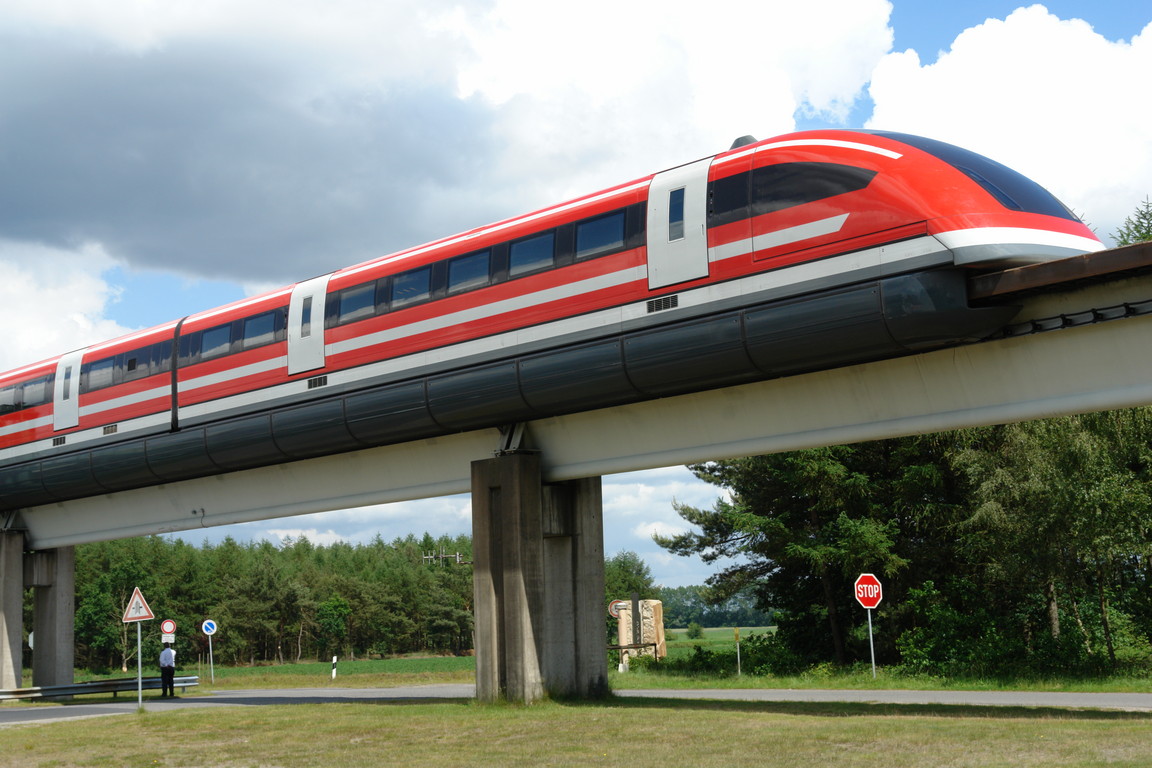
SCMAGLEV
The Baltimore Washington Rapid Rail (BWRR), in partnership with The Northeast Maglev (TNEM), has announced that the Maryland Public Service Commission has acquired a railroad franchise once owned by the Baltimore and Annapolis Electric Railroad Company. The project has already been awarded with $27.8 million in Federal Railroad Administration funds to support its development.
What does this mean, exactly? Well, it seems that Maryland may be getting a high-speed maglev. Amazingly, the fastest of these transportation devices can zip along at more than 600 km/h (370 mph).
The railroad was abandoned in 1935, and BWRR and TNEM are now working together to create a Superconducting Maglev (SCMAGLEV) system that hopes to connect Washington and Baltimore in 15 minutes.
“We are pleased that the Commission recognized the tremendous benefits of the SCMAGLEV system for greater Baltimore and Maryland. The transfer of this railroad franchise is an exciting first step in making this transformational project a reality,” said Wayne Rogers, Chairman of BWRR and Chairman and CEO of TNEM.
He continued, “we look forward to working with Federal, state and local government officials and other stakeholders to move this project forward.”

15 Minutes
This will mark the creation of the world’s fastest and safest transportation option available today, which the proponents of the project believe will become the future of high-speed transportation.
This advancement means commuters will soon have access to reliable and frequent service that, as it leads to completion, will offer jobs, reduce road congestion and emissions as well as enhance connectivity as it bridges major city centers in just minutes.
“The ability to travel between Baltimore and Washington, D.C. in only 15 minutes will be absolutely transformative, not just for these two cities, but for our entire state,” Governor Larry Hogan said. “This grant will go a long way in helping us determine our next steps in this transportation and economic development opportunity.”
With the grant funds now in place, the Baltimore-Washington Rapid Rail can now move forward with planning and engineering and start working on review compliance and permits for the initiative.